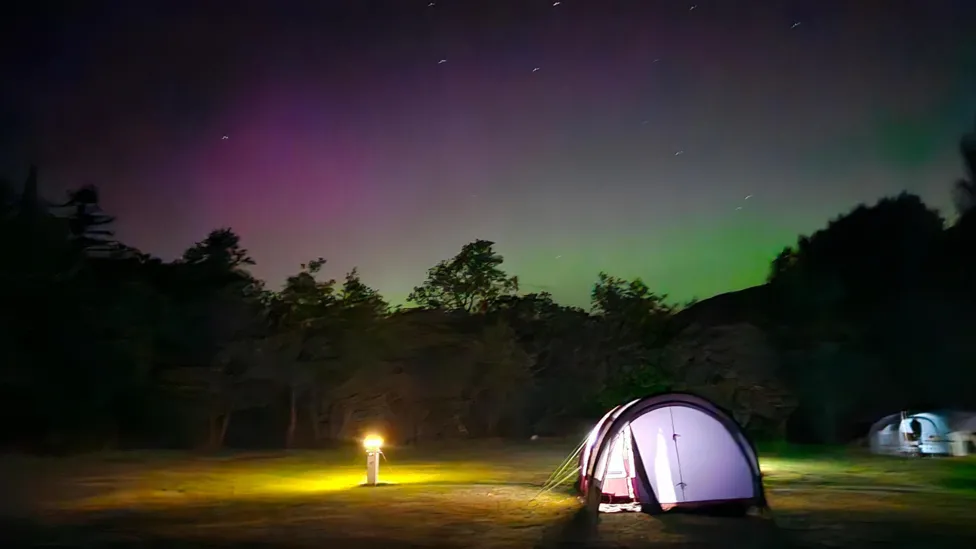Erin Lanahan • 22nd March 2023
Cloud computing has transformed the way we work, communicate, and consume technology. From storing data to running applications, the cloud has become an essential part of our lives. But what does the future hold for this technology? In this article, we’ll take a realistic look at the future of the cloud and what we can...

